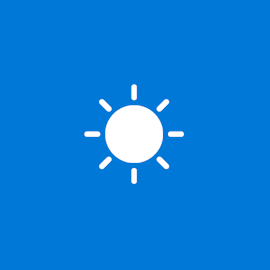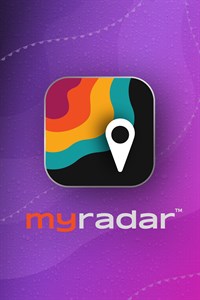1. 6.2 µm - 'Water Vapor' Bands - Band 8 will be used for upper-level tropospheric water vapor tracking, jet stream identification, hurricane track forecasting, mid-latitude storm forecasting, severe weather analysis, upper mid-level moisture estimation (for legacy vertical moisture profiles) and turbulence detection.
2. The single water vapor band on GOES-13 contained a mixture of water vapor features over many levels of the troposphere, but GOES-16 enables us to focus on water vapor in the upper troposphere (band 8), the middle troposphere (band 9), or the lower troposphere (band 10).
3. 3.9 µm - 'Shortwave Window' Band - 2 km resolution - Band 7 has a variety of applications, including fire detection, cloud particle size retrievals, and differentiating between liquid water and ice clouds.
4. The imager on GOES-16 features three mid-level water vapor bands instead of the single water vapor band on the GOES-13 Imager.
5. 10.3 µm - 'Clean' Longwave IR Window Band - Band 13 at 10.3 µm is an infrared window, meaning it is not strongly affected by atmospheric water vapor.
6. 11.2 µm - IR Longwave Window Band - the traditional longwave infrared window band, is used to diagnose discrete clouds and organized features for general weather forecasting, analysis, and broadcasting applications.
7. 1.6 µm - 'Snow/Ice' Band - 1 km resolution - During the day band 5 can be used to differentiate ice clouds and snow (relatively dark) from liquid water clouds (relatively bright), such as fog and stratus.
8. This band is centered in a strong water vapor absorption spectral region.
9. It does not routinely sense the lower troposphere, where there is substantial water vapor, and thus provides excellent daytime sensitivity to high, very thin cirrus under most circumstances.
10. At night, the blue colors represent liquid water clouds such as fog and stratus, while gray to white indicate higher ice clouds, and the city lights come from a static database.
11. 1.37 µm - 'Cirrus' Band - 2 km resolution - Band 4 will detect very thin cirrus clouds during the day.
















